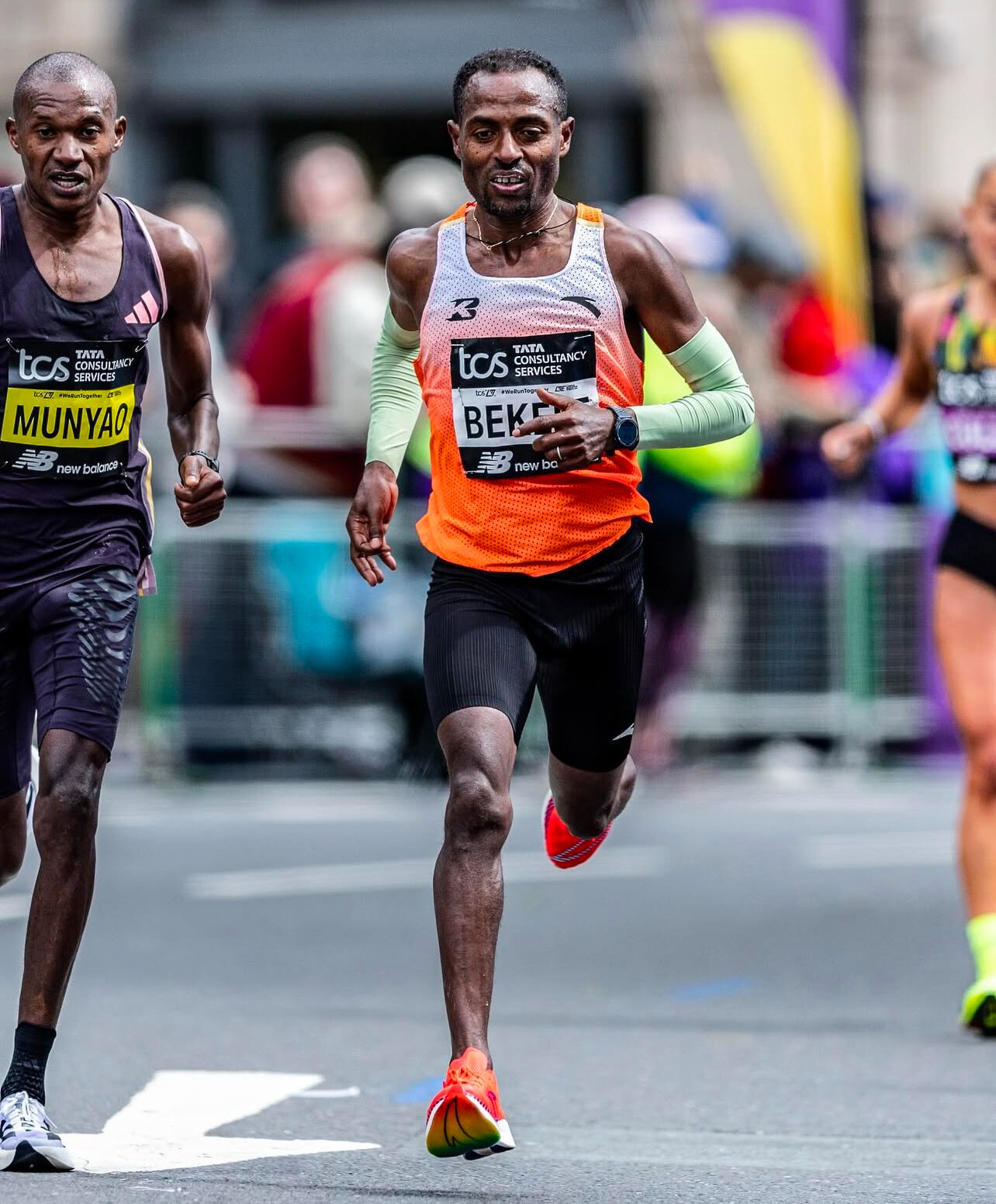Running News Daily
Running News Daily is edited by Bob Anderson. Send your news items to bob@mybestruns.com Advertising opportunities available. Train the Kenyan Way at KATA Kenya and Portugal owned and operated by Bob Anderson. Be sure to catch our movie A Long Run the movie KATA Running Camps and KATA Potato Farms - 31 now open in Kenya! https://kata.ke/
Index to Daily Posts · Sign Up For Updates · Run The World Feed
The Science Behind Negative Splits
In the world of distance running, pacing is paramount. One strategy that has garnered attention for its effectiveness is the negative split—running the second half of a race faster than the first. This approach not only conserves energy but also positions runners to finish strong, often leading to personal bests.
Starting a race conservatively allows the body to warm up thoroughly, optimizing muscle efficiency and oxygen utilization. As the race progresses, a well-timed increase in pace can capitalize on this preparedness. Physiologically, this method helps in managing glycogen stores and delaying the onset of fatigue, enabling a stronger finish.

Training Techniques to Master Negative Splits
Progression Runs: Begin at a comfortable pace and gradually increase speed throughout the run. For instance, on a 10-mile run, start at a relaxed pace for the first 5 miles, then incrementally quicken your pace in the latter half.
Tempo Runs with a Fast Finish: Maintain a steady tempo pace for a set distance, then accelerate in the final segment. This trains the body to handle increased effort when fatigued.
Interval Training: Incorporate intervals that encourage finishing faster. For example, run 800-meter repeats where the second 400 meters is faster than the first. This not only builds speed but also instills the discipline to negative split.

Controlled Long Runs: During long runs, practice starting slower than your target race pace and finishing the last few miles faster. This simulates the fatigue of a race and conditions the mind and body to push through.
Elite Runners Embracing Negative Splits
Many elite runners have successfully employed negative splits in their racing strategies:
Eliud Kipchoge: During the 2016 Olympic Marathon, Kipchoge ran the first half in 1:05:55 and the second half in 1:02:49, securing the gold medal with a significant negative split.
Kelvin Kiptum: In the 2023 Chicago Marathon, Kiptum set a new world record by running the first half in 60:48 and the second half in 59:47, showcasing a remarkable negative split.
Kenenisa Bekele: In his 5000-meter world-record run, Bekele progressively increased his speed, running each kilometer faster than the previous one, exemplifying the negative split strategy.
Implementing Negative Splits in Your Racing Strategy
To effectively incorporate negative splits into your racing:
Start Conservatively: Begin slightly slower than your goal pace to conserve energy.
Mid-Race Assessment: Regularly check in with your body and adjust your pace as needed, ensuring you have the energy to increase speed in the latter stages.
Strong Finish: Aim to progressively quicken your pace in the final miles, capitalizing on your conserved energy.
By mastering the art of negative splits, runners can race smarter, harnessing their energy efficiently to achieve stronger finishes and personal bests.
by Boris Baron
Login to leave a comment




